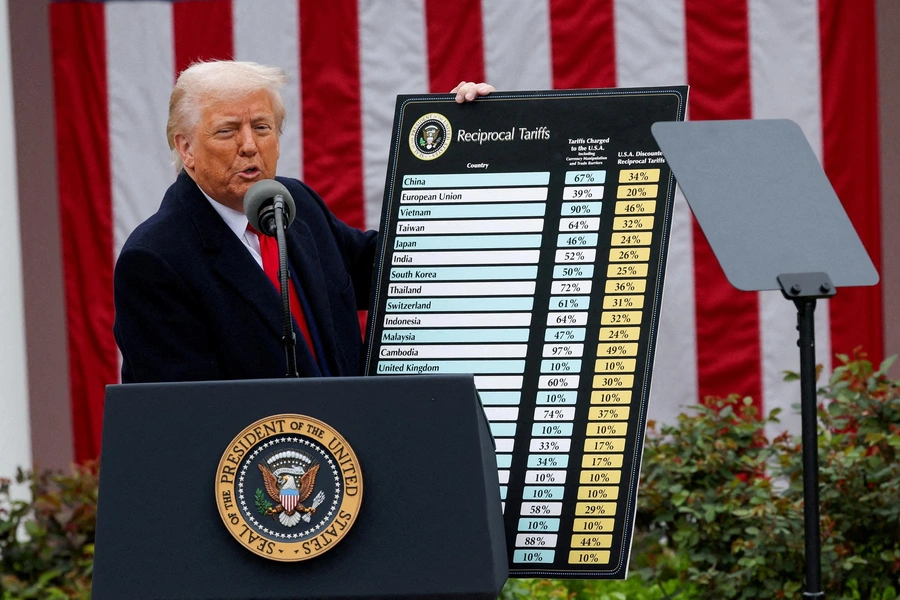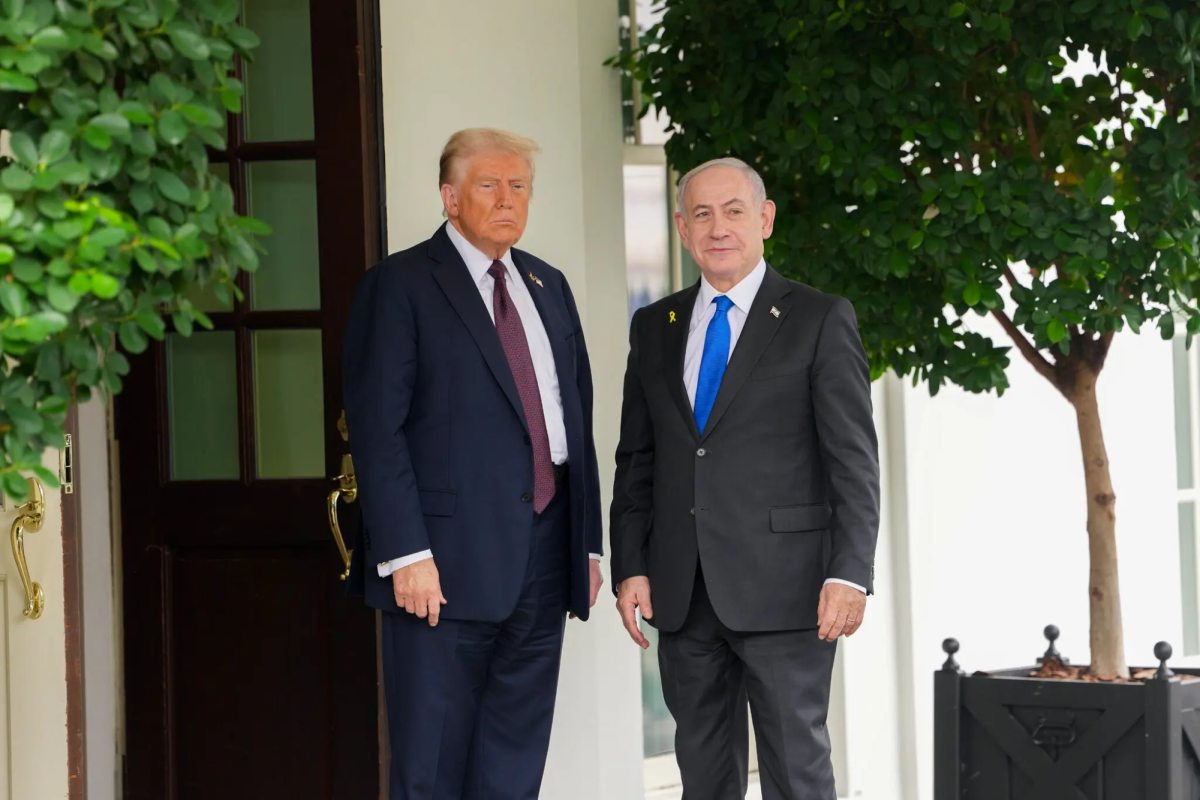When Donald Trump was president, one of the biggest parts of his economic strategy was using tariffs — taxes on imported goods — to try and protect American businesses. Trump believed that by making foreign products more expensive, Americans would be more likely to buy goods made in the U.S. This idea was part of his larger plan to bring jobs back to America, especially in industries like steel, farming, and manufacturing.
In 2018, Trump announced major tariffs on goods from countries like China, Canada, Mexico, and members of the European Union. The most famous example was the trade war with China. The U.S. taxed hundreds of billions of dollars’ worth of Chinese goods, and China responded by putting tariffs on American products, especially agricultural goods like soybeans. This back-and-forth hurt some American businesses, especially farmers, who struggled to sell their crops overseas.
Supporters of Trump’s tariffs said they were necessary to make trade “fair,” especially because they believed other countries had been taking advantage of the U.S. for years. They also said tariffs would help rebuild industries that had been struggling. However, critics argued that the tariffs ended up costing American consumers more money and hurting the very workers they were supposed to protect. Studies showed that many of the extra costs from tariffs were passed down to American buyers in the form of higher prices.
Despite the controversy, Trump stuck with the strategy throughout his presidency. In some cases, he negotiated new trade deals, like the USMCA (United States-Mexico-Canada Agreement), which replaced NAFTA and changed some rules about trade in North America. Today, the debate over Trump’s tariffs continues. Some people think they helped America stand up for itself in global trade, while others believe they hurt the economy more than they helped. Either way, Trump’s use of tariffs made it clear that trade policies have a big impact not just on businesses, but also on everyday life for American families.
President Donald Trump has reignited global trade tensions with a sweeping new round of tariffs that are already sending shockwaves through the U.S. economy and beyond. In April 2025, Trump imposed a 10% baseline tariff on all imports, with significantly higher rates—up to 145%—on goods from countries like China, Canada, and Mexico. These moves, part of his “reciprocal tariff” strategy, are designed to counter what he calls unfair trade practices and reduce the U.S. trade deficit.
However, the real-world consequences are building up. Small businesses that rely on Chinese imports are facing existential threats. Ryan Petersen, CEO of logistics firm Flexport, warned that up to 80% of these businesses could fail due to the steep tariffs, potentially leading to millions of job losses. Major retailers like Walmart, Home Depot, and Target have expressed concerns that the tariffs could lead to higher prices for everyday goods, from sneakers to toasters.
The impact is also being felt in the e-commerce sector. Many Amazon sellers are opting out of the 2025 Prime Day sales event, citing the tariffs’ squeeze on profit margins. Sellers who depend on Chinese manufacturing are either skipping the event or shifting production to countries with lower tariffs, such as Cambodia and Vietnam.
Internationally, Trump’s tariff policies have strained relations with key allies. Canada, for instance, has been hit with a 25% tariff on all imports, leading to retaliatory measures and heightened tensions. These actions have not only affected diplomatic ties but also disrupted integrated supply chains, particularly in the automotive and manufacturing sectors.
While the administration argues that these tariffs will protect American industries and jobs, critics point to the immediate economic disruptions and long-term uncertainties they create. As the global economy grapples with these changes, the true cost of Trump’s tariff strategy remains to be seen.






















